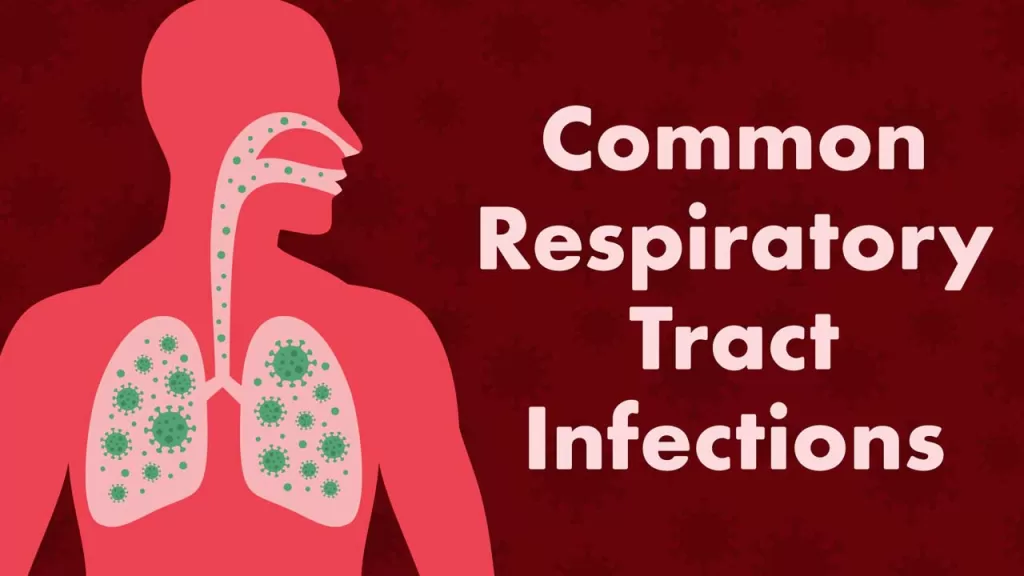Respiratory Tract Infections refer to infections that affect the part of the body responsible for breathing. However, those at risk are infants, young children, the old, smokers, those with weak immune systems, and those with lung or heart problems. The infection affects the :
- Throat.
- Lung.
- Sinuses.
- The airways.
Some of the common respiratory infections are:
- Common cold.
- Covid 19.
- Influenza (flu).
- Pneumococcal disease.
Those at a higher risk of respiratory tract infections are:
- Pregnant women.
- The elderly.
- Those with weak immune systems e.g. HIV positive individuals.
- History of chronic medical conditions such as diabetes.
Types of respiratory infection.
- Upper respiratory tract infection– Affects the throat and the sinuses. Diseases that affect the upper respiratory tract include:
- Sore throat.
- Sinus infection.
- Common cold.
- Laryngitis.
- Epiglottitis.
- Chest infection.
- Pneumonia.
- Bronchiolitis.
- Bronchitis.
Causes of respiratory tract infections
Infection occurs when a virus or a bacteria enters the body. It can be through touching contaminated areas, and coming into contact with infected individuals. This leads to the virus entering the body.
Symptoms.
- Fever.
- Coughing.
- Running nose.
- Sore throat.
- Red eyes.
- Hoarse voice.
- Fatigue.
- Swollen lymph nodes.
Prevention measures for respiratory tract infections

- Good personal hygiene by washing hands before eating and after visiting the toilet.
- Getting the required vaccines through immunization.
- No smoking.
- Seek treatment when not feeling well.
- Proper resting.
- Wear face masks.
- Avoid being in overcrowding places.
- Avoid touching the face.
Diagnosis.
- Blood test to check the level of white blood cells.
- Chest X-ray.
- On physical examination, the doctor examines the chest and the lymph nodes.
- Throat swab.
- Sputum test.
- Nasal swab.
Home remedies for Respiratory tract infections
These are practices that help especially with infections affecting lower respiratory infections. They include:
- Inhalation of steam from a water bath.
- Use of a humidifier.
- One can drink a lot of fluids to replenish lost fluids and keep the mucus loose.
- To help open the airways one can sleep with the head raised.
- Having enough rest.
- Vapor inhalations from essential oils like eucalyptus.
Treatment.
- Use of antibiotics.
- Proper resting so as to recover.
- Increase fluid intake.
- Pain reliever.
- Best Public High Schools in Kiambu County.
- List of Best private secondary schools in Nairobi County.
- Public Universities in Kenya
- Bay head elementary school history, enrolment, programs offered.
- A list of special secondary schools, and contacts.
- Mount Kenya University history, fees, courses
- Kenya Institute of special education, courses.